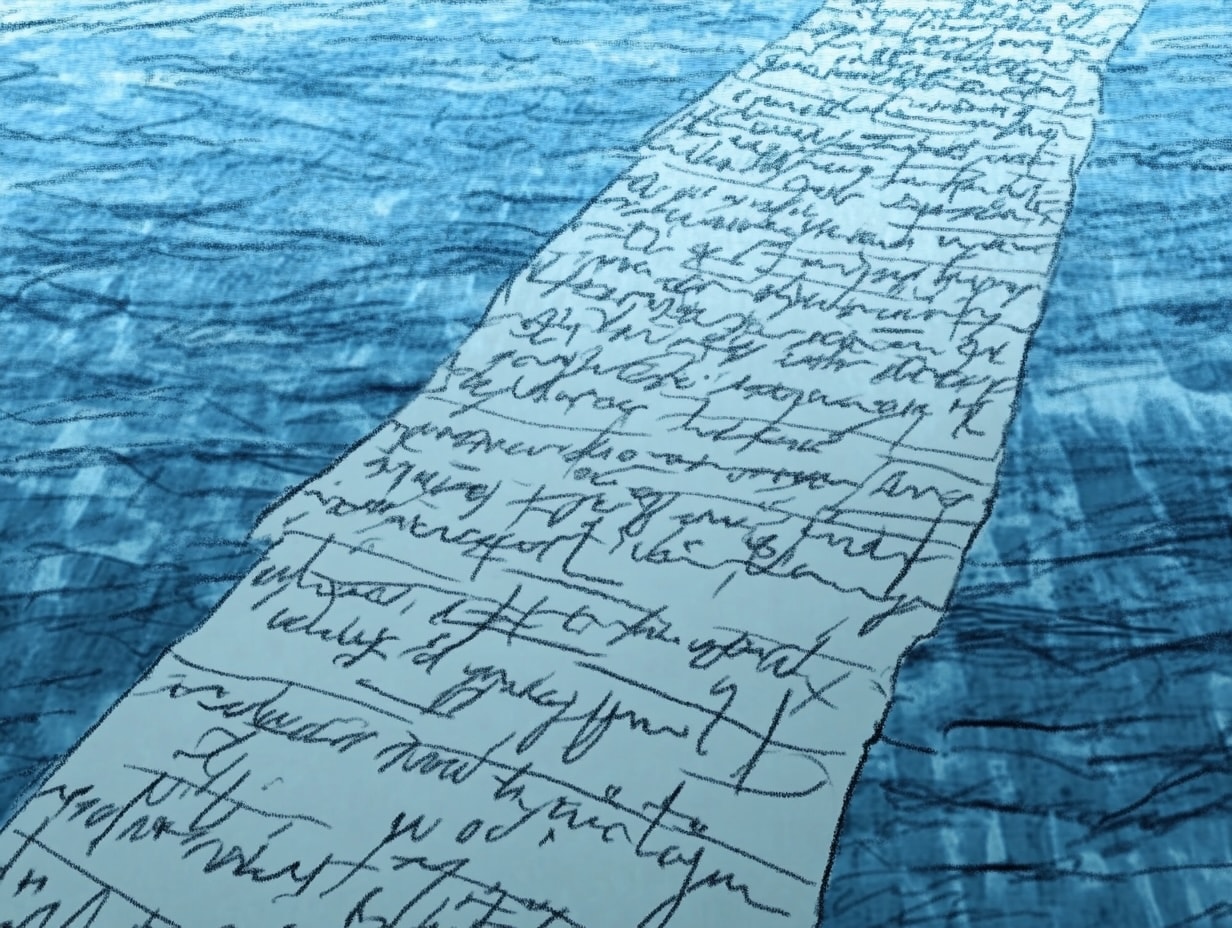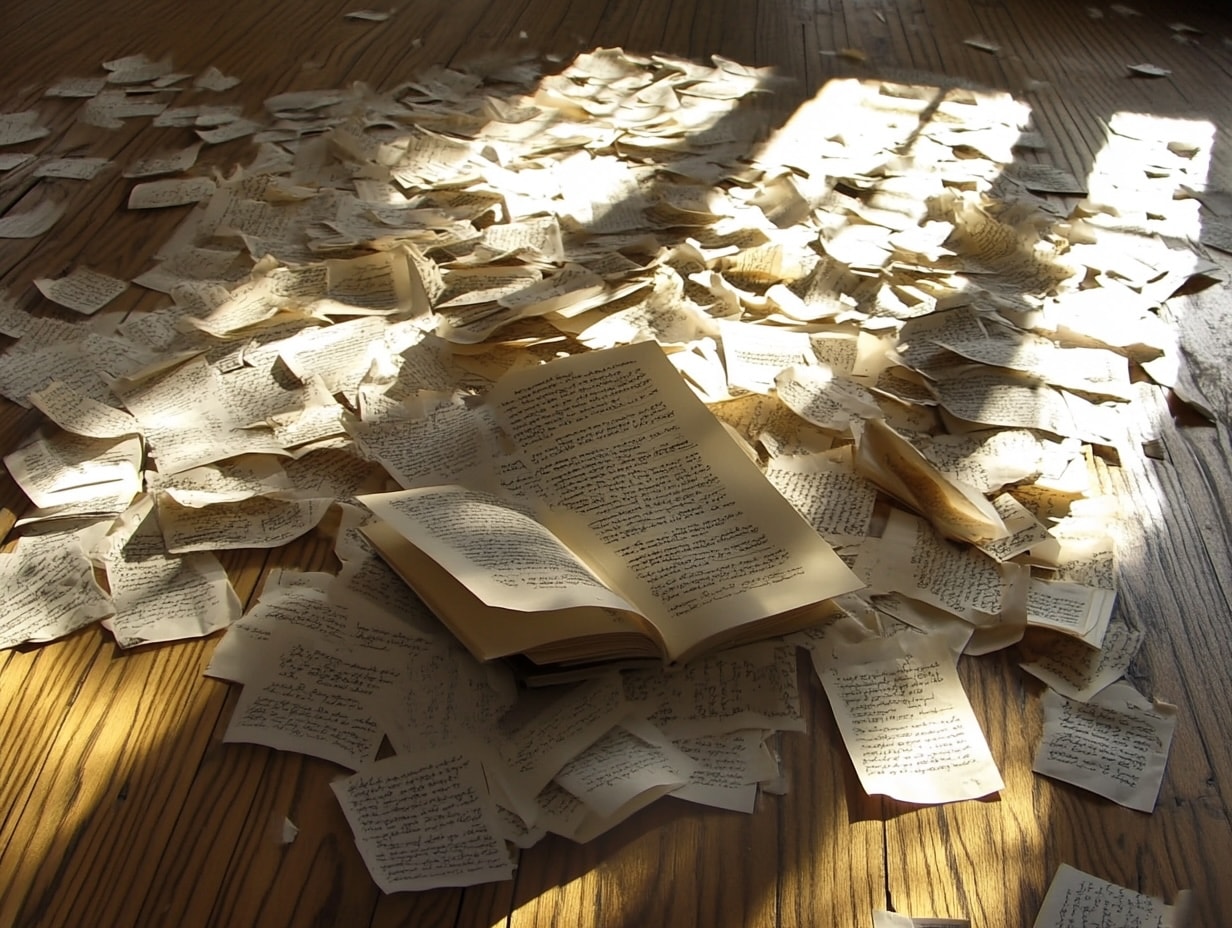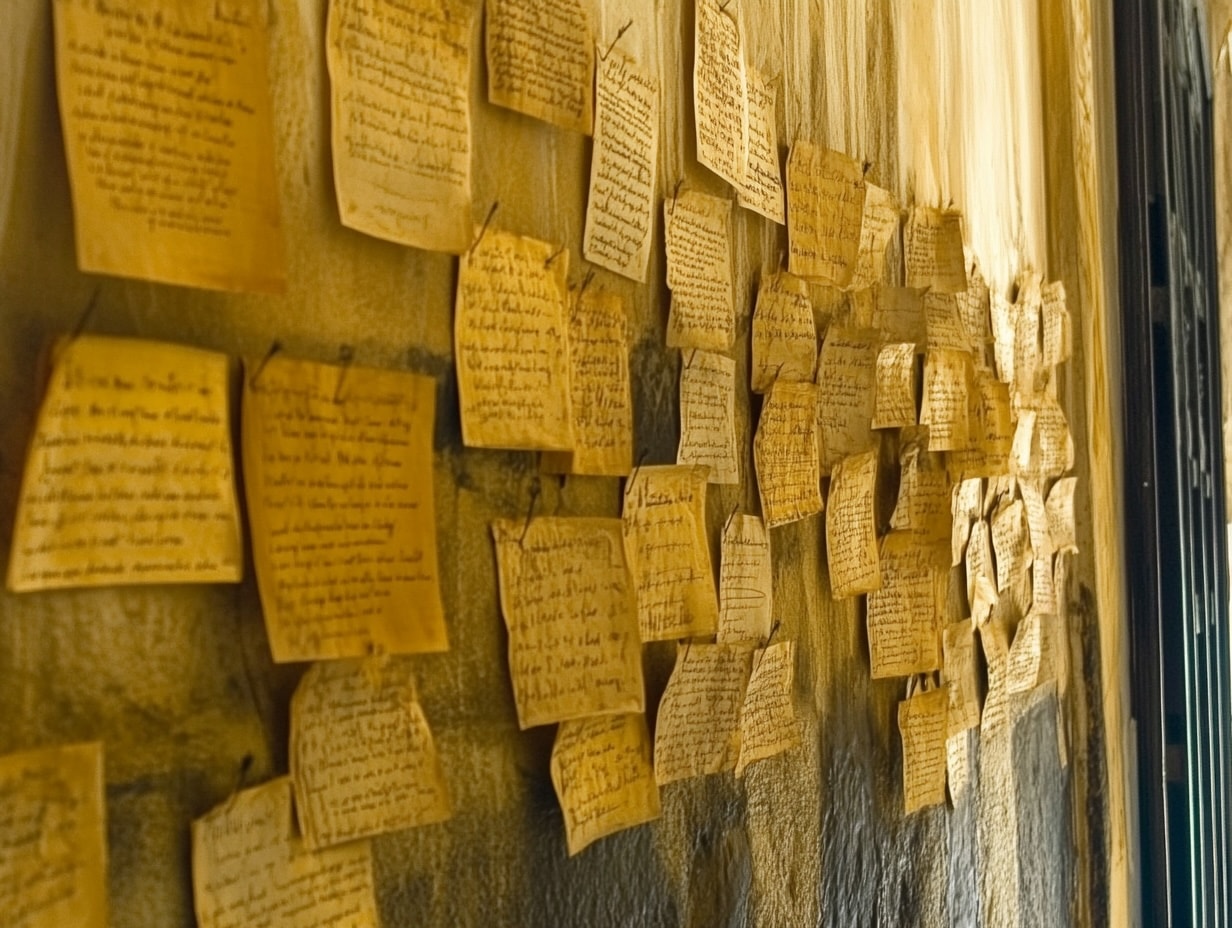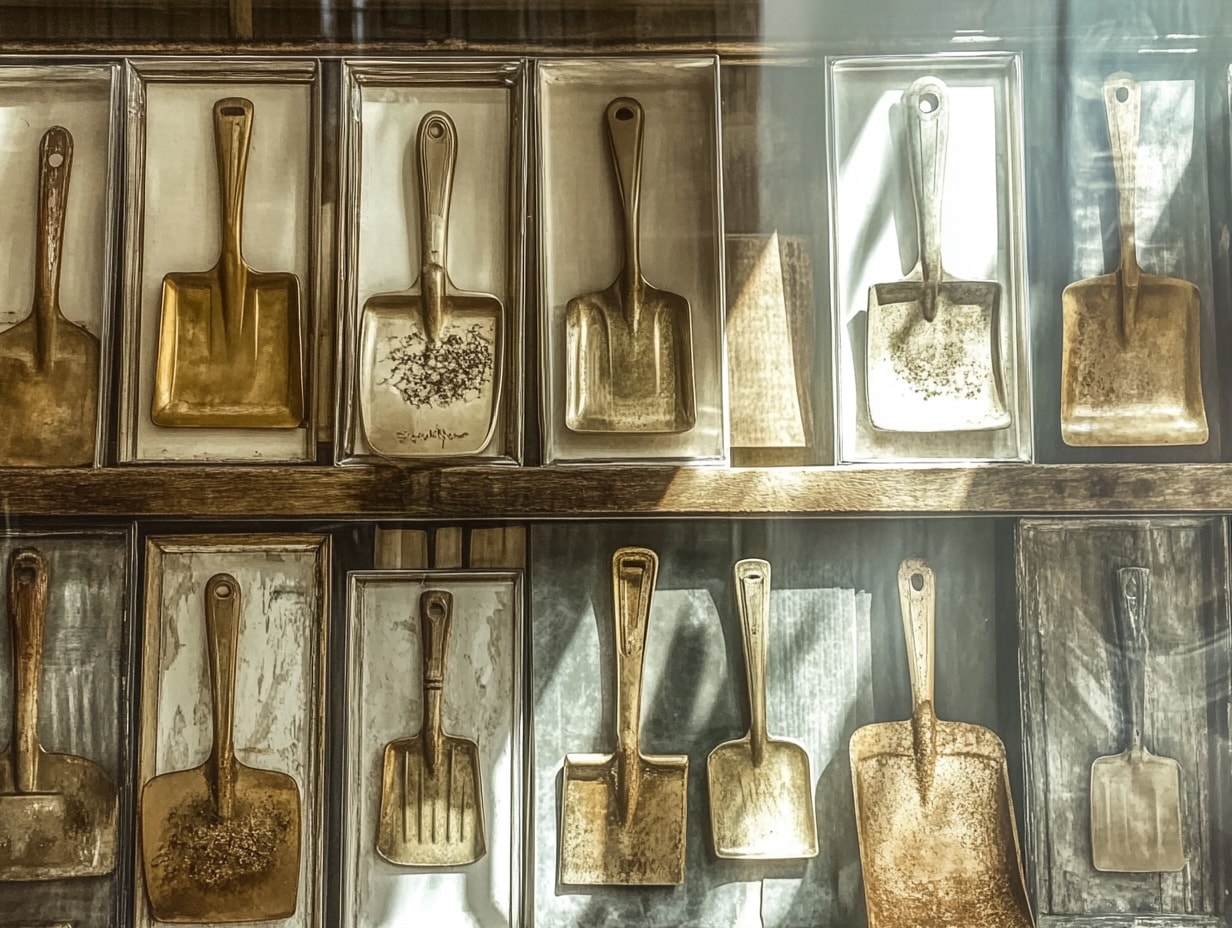
Mastering the Cinquain: A Guide to Creating Beautiful Cinquain Poems and their Pronunciation
Master the Art of Writing a Cinquain Poem: A Simple Guide
A cinquain is a five-line poem with a set syllable count: 2, 4, 6, 8, 2. Created by Adelaide Crapsey, it fuses the formality of haiku with creative freedom. This guide will explain different types of cinquains and how to write one.
-
Cinquain poems are five-line stanzas with specific syllable patterns, allowing for emotional depth and vivid imagery.
-
Multiple types of cinquain poems exist, including traditional, didactic, and mirror cinquains, each with unique structures and thematic focuses.
-
Cinquains serve as an engaging educational tool for teaching poetry, fostering creativity and language skills in children through structured yet flexible formats.
Understanding Cinquain Poems
Cinquain poems are unique in their poetic structure, consisting of five lines that allow for a wide range of poetic expression. Developed by American poet Adelaide Crapsey in the early twentieth century, these poems draw inspiration from traditional Japanese poetic forms such as tanka and haiku. The key characteristics of cinquain poems include a specific syllable count, which contributes to their rhythmic quality.
This structured format makes cinquains distinct and helps poets convey deep emotions and vivid imagery in a concise manner. The beauty of cinquain poetry lies in its simplicity and the creative freedom it offers within its constraints.
What is a Cinquain Poem?
A cinquain poem is a poetic form consisting of a five-line stanza in poetry, known for its specific syllable count of 2, 4, 6, 8, and 2. This structure ensures a rhythmic flow and allows the poem to build up to a peak before concluding succinctly. Adelaide Crapsey, influenced by Japanese forms, developed the American cinquain in the early 20th century.
Cinquains often reflect themes such as mortality and the passage of time, using vivid imagery to evoke emotions. The rigid structure, combined with the freedom of expression, makes the cinquain a powerful tool for poets to explore profound themes within a compact form.
Pronunciation Guide
The word ‘cinquain' is pronounced as ‘sin-kane,' reflecting its French origin. This pronunciation can be remembered by noting the faint, dry sound that characterizes the word, giving it a gentle yet distinct presence in both written and spoken forms. To pronounce cinquain correctly, one can focus on the phonetic elements of the word.
Types of Cinquain Poems
Cinquain poems have evolved from being any five-line stanza to include specific forms, including the five line form and a five line poem, with defined characteristics, much like the themes found in medieval french poetry.
There are several types of cinquain poetry, each with its own unique rules and structure. These include:
-
Traditional Cinquain
-
Didactic Cinquain
-
Reverse Cinquain
-
Mirror Cinquain
-
Butterfly Cinquain
-
Crown Cinquain
-
Garland Cinquain
Understanding the various forms of cinquain poetry not only enriches one's appreciation of this poetic genre but also provides diverse tools for creative expression. Each type offers a different way to structure thoughts and emotions, making the exploration of cinquains an exciting journey.
Traditional Cinquain
The traditional cinquain follows a 2-4-6-8-2 syllable count pattern and was developed by Adelaide Crapsey in the early twentieth century. This form builds gradually, reaching a climax at the fourth line before concluding with a succinct final line. The traditional cinquain’s structure lends itself well to themes of progression and resolution.
Crapsey’s poems, such as ‘November Night,’ exemplify this form, showcasing how the syllable pattern can be used to create a rhythmic and evocative piece.
Didactic Cinquain
A didactic cinquain consists of five lines with a word count pattern of 1-2-3-4-1. The first line is a one-word title that sets the subject of the poem. The second line contains two adjectives describing the subject, while the third line is a three-word phrase including action words related to the subject.
The fourth line expresses feelings related to the subject with descriptive words that evoke mood and emotion. The first and last lines are a synonym for the subject, wrapping up the poem with a sense of completion. This structured approach helps in crafting concise and impactful poems.
Reverse Cinquain
The reverse cinquain inverts the traditional syllable count, starting with eight syllables and decreasing to two. This form provides a unique twist on the classic structure, creating a poem that unfolds in a descending rhythm.
Mirror Cinquain
The mirror cinquain creatively combines a traditional cinquain with its reverse to form a cohesive poem. This form consists of an original cinquain followed by its reverse, offering a balanced and reflective structure.
Butterfly Cinquain
Butterfly cinquains are noted for their symmetrical structure, which reflects a theme of balance. This form's symmetry can symbolize various dichotomies or dualities, adding a layer of meaning to the poem.
Crown Cinquain
A crown cinquain is composed of five interconnected cinquains, totaling 25 lines. Each cinquain within the crown builds upon the previous one, creating a comprehensive and layered poetic piece.
Garland Cinquain
The garland cinquain consists of six sections, with the final stanza summarizing the preceding themes. This final cinquain encapsulates the essence of the previous five, providing a cohesive conclusion to the series.
How to Write a Cinquain Poem
Writing a cinquain poem involves understanding the different forms and their rules. It's essential to maintain a consistent syllable count across the lines to achieve the traditional structure. The process typically involves drafting and revising, paying close attention to language to ensure clarity and resonance.
Each step in writing a cinquain helps in creating a poem that is both rhythmic and emotionally impactful. From brainstorming words to structuring the poem and crafting vivid imagery, every element plays a crucial role in the final piece.
Brainstorming Words
Brainstorming is vital for finding descriptive phrases and emotional words related to the chosen subject. This process helps in gathering a pool of words and phrases that can be used to build the poem, ensuring that each line is rich with meaning and imagery.
Structuring Your Cinquain
Proper structuring is crucial when writing a cinquain poem. Graphic organizers tailored for cinquain poetry can help in organizing thoughts and improving writing. Each line in a cinquain poem must follow a specific syllable count to maintain its traditional structure.
Maintaining thematic coherence is also essential, as all lines should contribute to the central idea of the poem. This ensures that the poem is not just a collection of lines but a unified piece that flows smoothly from beginning to end.
Crafting Imagery and Emotion
Imagery and emotional contrasts are crucial for enhancing the depth of a cinquain poem. Careful word choice can evoke strong images and emotions, resulting in a powerful and evocative poem.
Reading and analyzing various published cinquains can inspire students and help them appreciate the artistry of the form. This practice can also provide insights into how different poets use imagery and emotion to convey their themes effectively.
Teaching Cinquain Poems to Children
Cinquain poems are an excellent tool for teaching children about poetry. Their structured yet flexible nature allows for creativity while providing a clear framework to follow. Cinquains can tell a short story, incorporating actions and emotions, making them engaging for young learners.
Introducing children to cinquains can foster a love for poetry and enhance their language skills. Through interactive lessons and examples, children can learn to appreciate the beauty of this poetic form.
Interactive Lessons
Didactic cinquains are particularly useful in educational settings to engage students in creative writing. Group writing sessions foster collaboration and creativity, making the learning process interactive and enjoyable.
Encouraging children to create their own cinquain poems through group brainstorming sessions can enhance their understanding and enjoyment of poetry. Games and visual prompts can also be effective in helping children grasp the cinquain form.
Example Poems
Using well-known examples like ‘Snow' by Adelaide Crapsey can illustrate the effective use of imagery and emotion in cinquains. ‘Snow' exemplifies the typical five-line framework used in cinquains, showcasing how the structure can be used to create a rhythmic and evocative piece.
Analyzing such poems helps children understand the impact of concise language and vivid imagery. These examples provide a foundation for them to create their own captivating poems.
Classroom Resources
Resources developed and approved by experienced teachers can ensure accurate content and engagement when teaching cinquains. These resources can include graphic organizers, example poems, and interactive activities to support effective learning.
Common Mistakes to Avoid
One common challenge when writing cinquain poetry is adhering to the meter and syllable counts. Ensuring that each line follows the specified syllable pattern is crucial for maintaining the poem's structure and rhythm.
Utilizing graphic organizers and revising drafts can help avoid these mistakes.
Famous Cinquain Poems
Adelaide Crapsey's cinquain poems, such as ‘November Night' and ‘Blue Hyacinths,' are renowned for their emotional depth and innovative style. ‘November Night' compares falling leaves to ghostly footsteps, creating a haunting and evocative image.
Crapsey's work, including ‘Languor After Pain' and ‘Moon-shadows,' invites readers to explore deep emotional themes and the complexity of human experience. Her contributions have had a lasting impact on contemporary poets, inspiring them to continue exploring themes prevalent in cinquain poetry.
In summary, cinquain poems offer a unique and structured form of poetic expression that is both challenging and rewarding. By understanding the various types and mastering the art of crafting imagery and emotion, poets can create impactful and evocative pieces. We encourage you to explore and experiment with this beautiful form of poetry.
What is a cinquain poem?
A cinquain poem is a five-line stanza characterized by a specific syllable count, created by Adelaide Crapsey and influenced by Japanese poetry. Its structure allows for creative expression within a concise format.
How do you pronounce 'cinquain'?
The word 'cinquain' is pronounced as 'sin-kane.'
What are the different types of cinquain poems?
Cinquain poems come in various forms, including Traditional, Didactic, Reverse, Mirror, Butterfly, Crown, and Garland Cinquain. Each type offers a unique structure and style for expression.
How can cinquain poems be taught to children?
Cinquain poems can be effectively taught to children by utilizing interactive lessons, providing example poems, and incorporating engaging classroom resources that inspire creative writing. This method fosters both understanding and enjoyment of poetry.
What are common mistakes to avoid when writing a cinquain?
To effectively write a cinquain, avoid the common mistakes of not following the syllable count and losing thematic coherence. Utilizing graphic organizers and revising drafts will enhance your final poem.




